new mound system--no picnic table or chairs?
Susan
12 years ago
Related Stories
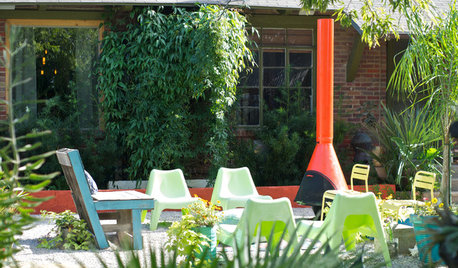
GARDENING AND LANDSCAPING20 Outdoor Rooms With Entertaining Flair
Some have fire features and grills — others, just a table and chairs. But all of these open-air rooms show guests a good time
Full Story
MOST POPULAR10 Strategies for Keeping Surfaces Clutter-Free
The universe wants your coffee table to become a clutter magnet — but you can fight back
Full Story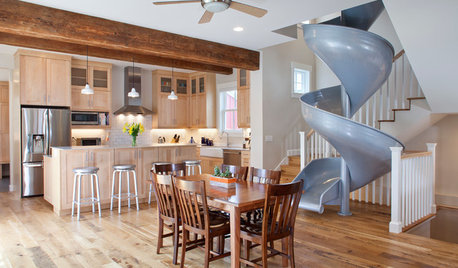
DINING ROOMSNew This Week: 6 Modern Dining Zones in Homes Big and Small
Look to splashy accent walls, right-sized tables and indoor slides to make the most of your open layout
Full Story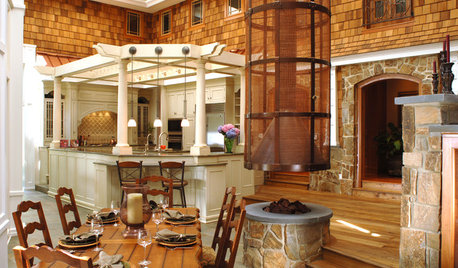
KITCHEN DESIGNNew This Week: 4 Kitchen Design Ideas You Might Not Have Thought Of
A table on wheels? Exterior siding on interior walls? Consider these unique ideas and more from projects recently uploaded to Houzz
Full Story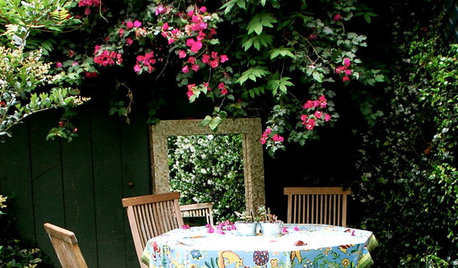
GARDENING AND LANDSCAPINGRomantic Outdoor Dining Inspiration
Set the Table for a Meal Under the Stars
Full Story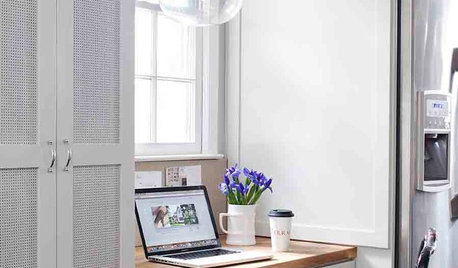
HOME OFFICESHome Setups That Serve You: Designing the Office
Arrange an organized workspace that suits your habits, and watch the rest of your home become more streamlined
Full Story
GARDENING GUIDESPacific Northwest Gardener: What to Do in July
Deadheading spent flowers, keeping up with watering and starting seeds indoors are the biggest gardening tasks for July
Full Story0
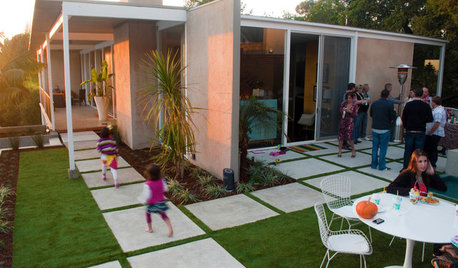
INSIDE HOUZZThere’s a Party in the Backyard, Says a Houzz Landscaping Survey
Entertaining, growing edibles and solving problems are goals for homeowners planning to revamp their yards
Full Story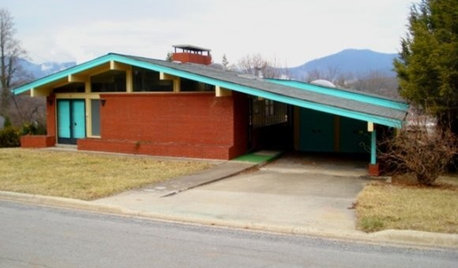
LIFEHouzz Call: Show Us the House You Grew Up In
Share a photo and story about your childhood home. Does it influence your design tastes today?
Full Story
LIFE10 Ideas for Making Screen-Free Play a Reality
Here's how to tempt your children with activities that will encourage their creativity and keep them away from the TV
Full Story







lazypup
brickeyee
Related Professionals
Miller Place Plumbers · Fish Hawk Handyman · Normal Kitchen & Bathroom Remodelers · Chandler Kitchen & Bathroom Remodelers · Emeryville Kitchen & Bathroom Remodelers · Glen Carbon Kitchen & Bathroom Remodelers · Manassas Kitchen & Bathroom Remodelers · Oklahoma City Kitchen & Bathroom Remodelers · Park Ridge Kitchen & Bathroom Remodelers · Pico Rivera Kitchen & Bathroom Remodelers · Pueblo Kitchen & Bathroom Remodelers · Spanish Springs Kitchen & Bathroom Remodelers · Terrell Kitchen & Bathroom Remodelers · Cave Spring Kitchen & Bathroom Remodelers · North Chicago Kitchen & Bathroom Remodelerslazypup